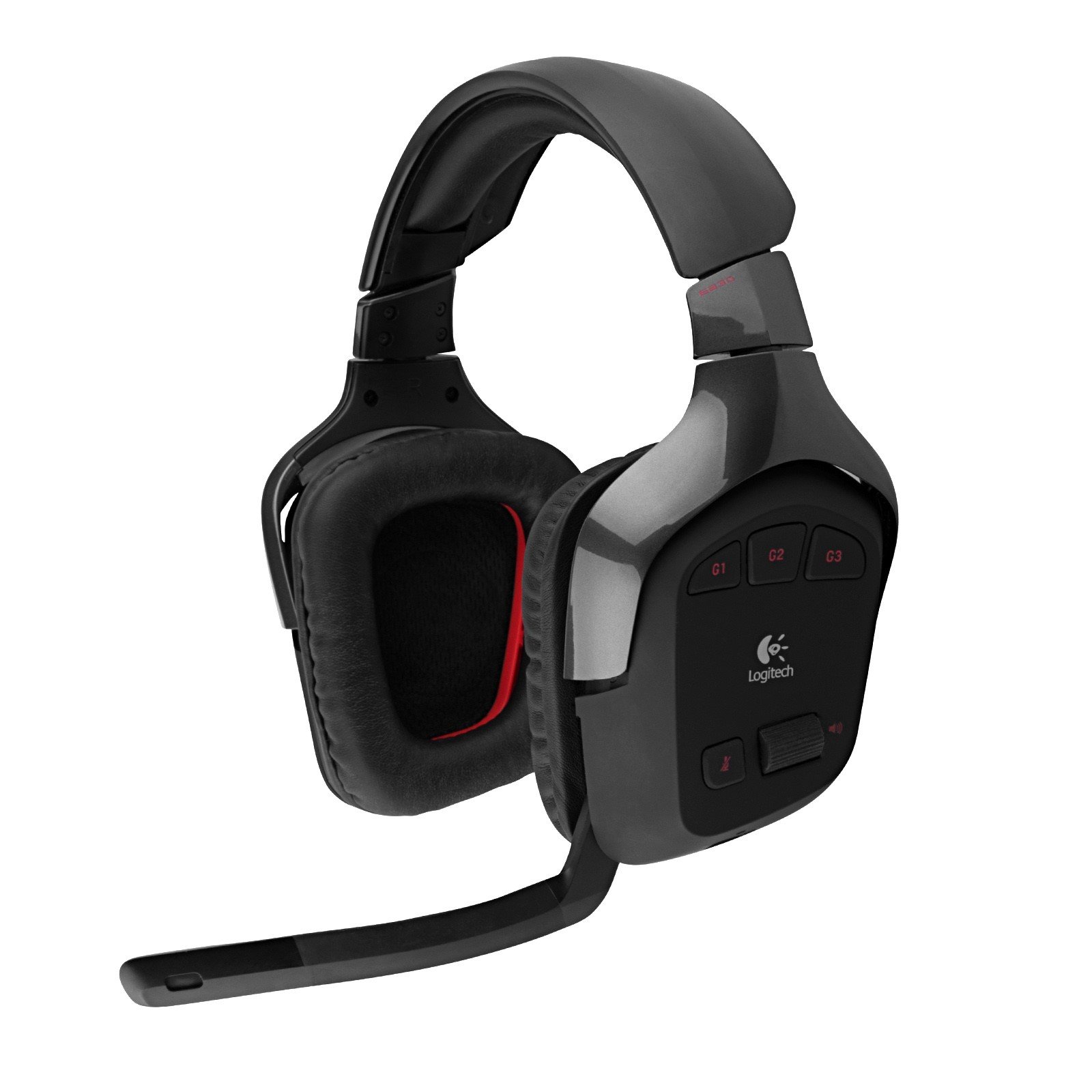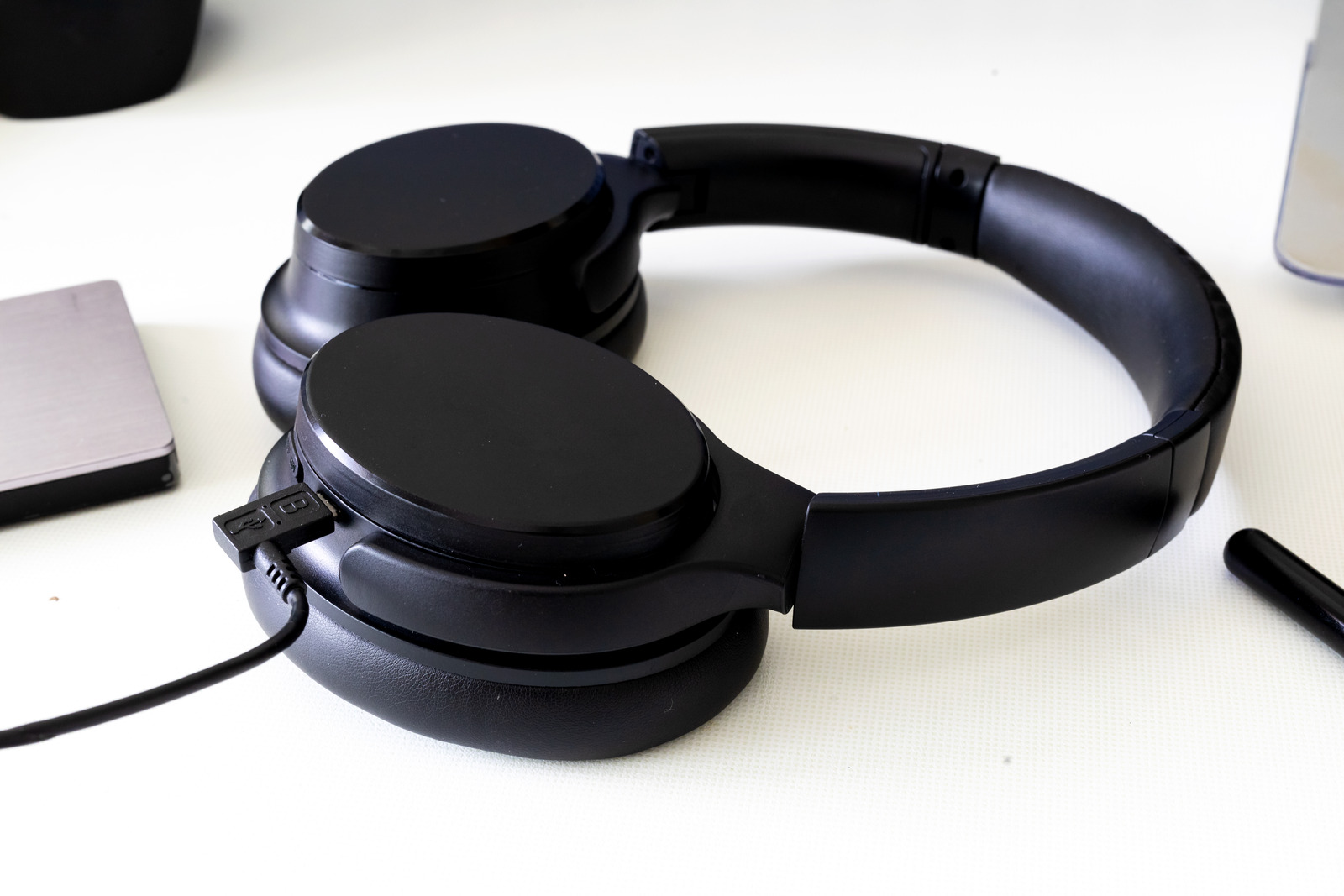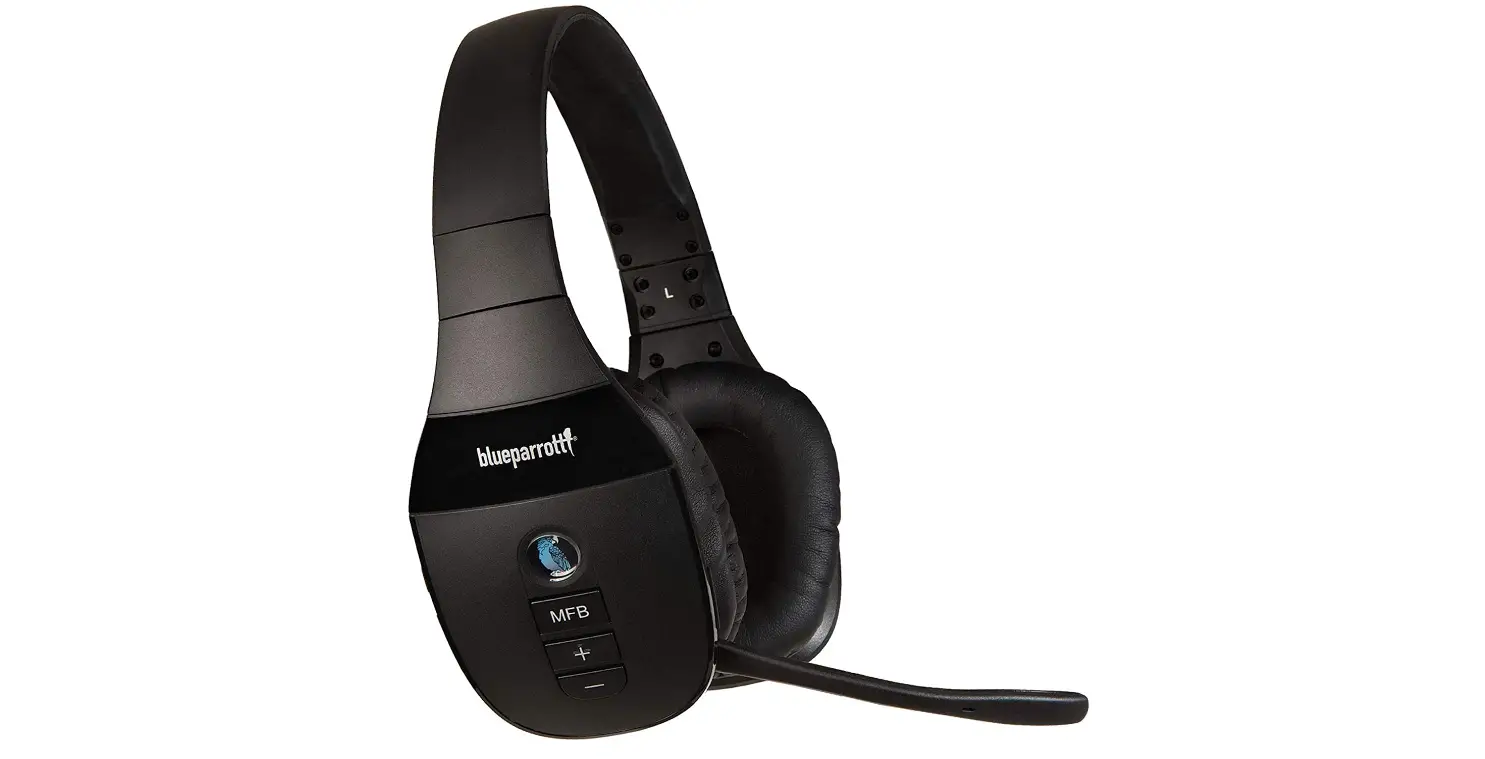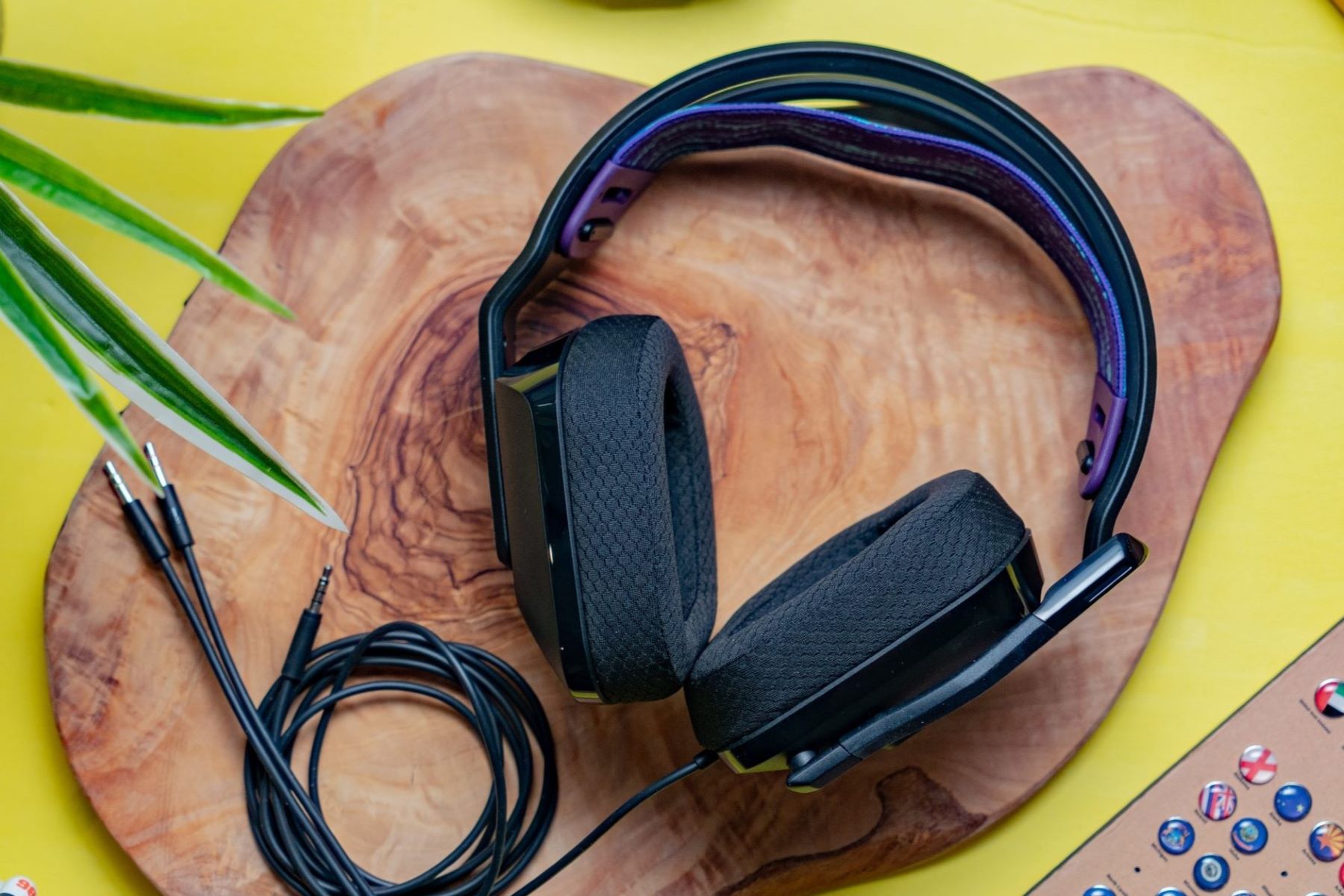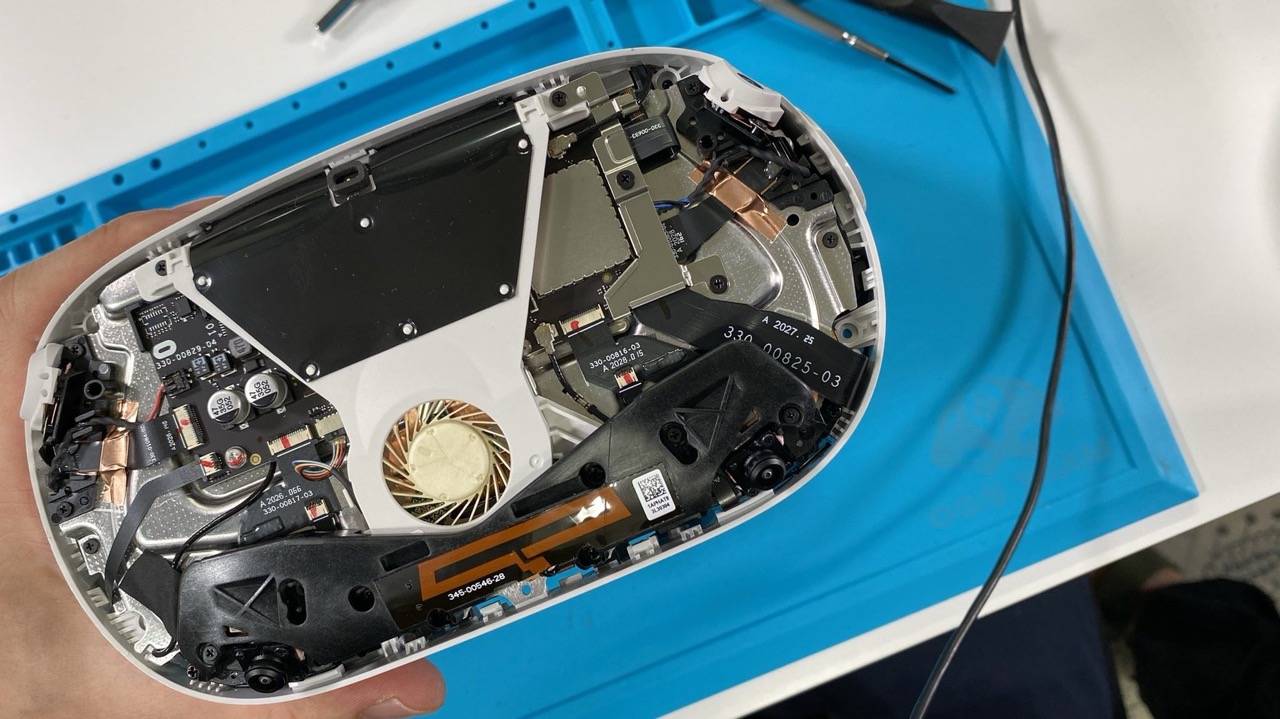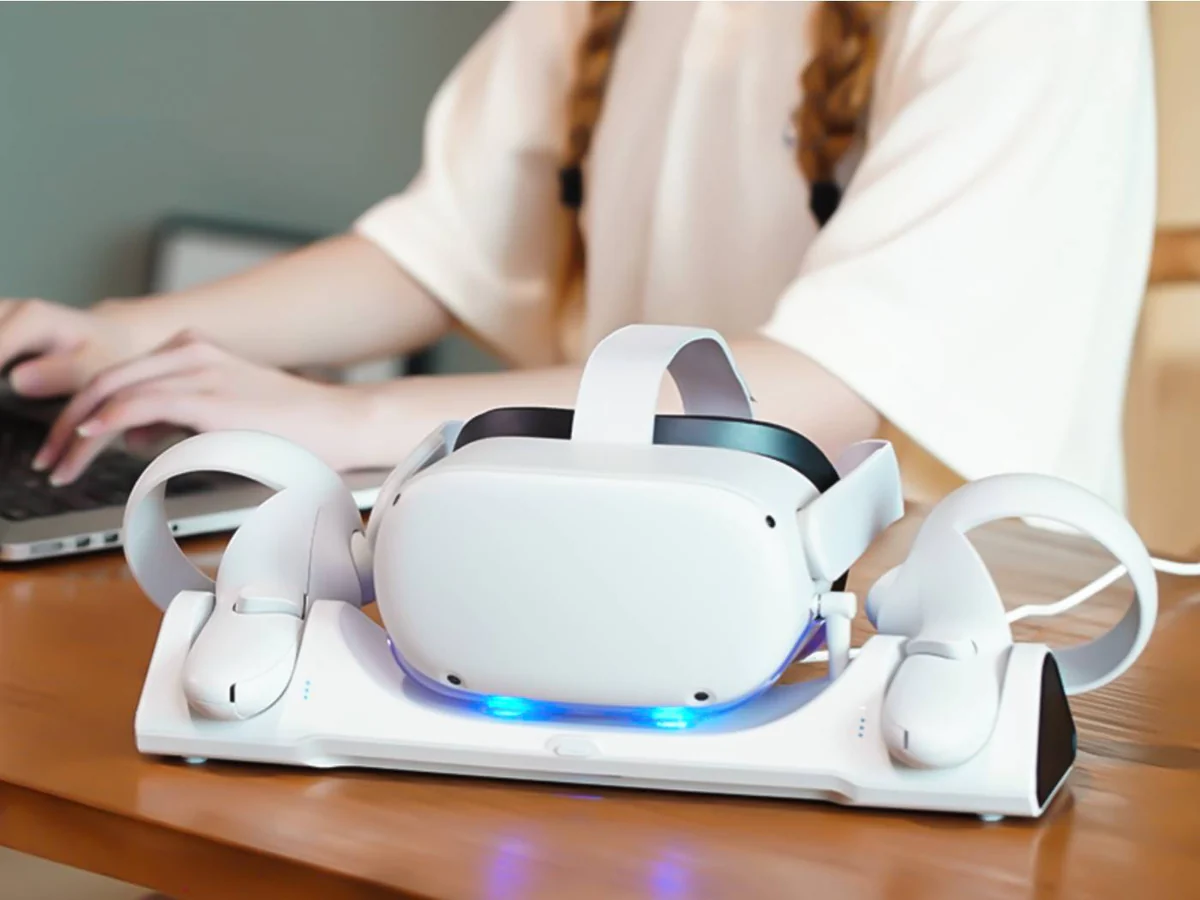Introduction
When it comes to enjoying your favorite tunes, immersing yourself in a captivating podcast, or engaging in intense gaming sessions, the quality of your headset plays a crucial role. However, the effectiveness of a headset is not solely determined by its brand or appearance; rather, it is also influenced by precise measurements and accurate adjustments. In this quick guide, we will delve into the essential aspects of headset measurement, shedding light on its significance and the methods involved.
Headset measurement is a fundamental process that involves evaluating and quantifying various attributes of a headset, such as frequency response, impedance, and sensitivity. These measurements provide valuable insights into the performance and capabilities of a headset, allowing users to make informed decisions based on objective data rather than subjective opinions or marketing claims.
Understanding the intricacies of headset measurement empowers individuals to optimize their audio experiences, whether for professional audio production, immersive gaming, or leisurely music listening. By grasping the technical nuances of headset measurement, users can fine-tune their audio setups to achieve the desired sound quality, ensuring an enhanced and tailored auditory experience.
In the subsequent sections, we will explore the different types of headset measurements, the tools and equipment required for accurate measurement, as well as the step-by-step process for conducting comprehensive headset measurements. Additionally, we will provide valuable tips to ensure precision and accuracy throughout the measurement process, enabling users to maximize the potential of their headsets.
As we embark on this insightful journey into the realm of headset measurement, it is important to recognize the impact of these measurements on our overall audio experiences. By demystifying the technical aspects of headset performance and measurement, we aim to equip readers with the knowledge and skills necessary to unlock the full potential of their headsets, ultimately enhancing their audio enjoyment and satisfaction.
Through this guide, readers will gain a deeper understanding of the intricate interplay between headset measurements and audio performance, paving the way for informed decision-making and optimized audio experiences. Let's dive into the world of headset measurement and unravel the secrets behind exceptional audio quality.
Understanding Headset Measurement
Headset measurement encompasses a comprehensive assessment of various acoustic and electrical characteristics of a headset, providing valuable insights into its performance and capabilities. By quantifying key parameters, such as frequency response, impedance, sensitivity, and harmonic distortion, headset measurement allows users to gauge the overall sound quality and suitability for specific applications.
Frequency Response:
The frequency response of a headset refers to its ability to reproduce audio across the audible frequency spectrum. This measurement reveals how the headset responds to different frequencies, highlighting any emphasis or attenuation in specific ranges. A flat frequency response is often desirable, as it signifies accurate and balanced audio reproduction without exaggerated bass or overly bright treble.
Impedance:
Impedance is a crucial parameter that influences the interaction between the headset and the audio source. Measured in ohms, impedance indicates the headset's resistance to the electrical signal from the audio source. Understanding the impedance of a headset is essential for ensuring compatibility with various devices, as mismatched impedance levels can lead to suboptimal audio performance.
Sensitivity:
Sensitivity denotes the efficiency of a headset in converting electrical signals into sound pressure level (SPL). Expressed in decibels per milliwatt (dB/mW), sensitivity measurement reveals how effectively the headset translates electrical input into audible output. Higher sensitivity values indicate greater efficiency, allowing the headset to produce louder sound levels with lower input power.
Harmonic Distortion:
Harmonic distortion measurement quantifies the degree of unwanted signal alteration introduced by the headset. Excessive harmonic distortion can degrade audio quality, leading to a less faithful reproduction of the original sound. By assessing harmonic distortion levels, users can evaluate the headset's ability to maintain fidelity and accuracy in sound reproduction.
Polar Patterns (for Microphones):
In the case of headsets with built-in microphones, understanding the polar patterns is crucial. Polar patterns describe the sensitivity of the microphone to sound from different directions, influencing its performance in capturing audio. Common polar patterns include omnidirectional, cardioid, and bidirectional, each offering distinct characteristics suited for specific recording scenarios.
By comprehending these fundamental aspects of headset measurement, users can gain a deeper appreciation for the intricate interplay between technical specifications and audio performance. These measurements serve as invaluable indicators of a headset's sonic characteristics, enabling users to make informed decisions based on objective data rather than subjective impressions or marketing rhetoric.
Types of Headset Measurements
Acoustic Measurements:
Acoustic measurements focus on evaluating the sound output and characteristics of a headset. These measurements encompass frequency response analysis, which involves assessing how the headset reproduces audio across the audible frequency spectrum. By plotting the amplitude of the reproduced sound against different frequencies, a frequency response graph provides a visual representation of the headset's tonal balance and any deviations from a flat response. Additionally, acoustic measurements may include assessing the headset's isolation and leakage, shedding light on its ability to block external noise and prevent sound leakage, crucial for both immersive listening and communication in noisy environments.
Electrical Measurements:
Electrical measurements delve into the electrical properties and interactions of a headset. Impedance measurement, expressed in ohms, reveals the headset's resistance to the electrical signal from the audio source. Understanding the impedance of a headset is essential for ensuring compatibility with various devices, preventing potential issues such as inadequate volume levels or distortion. Moreover, electrical measurements encompass sensitivity assessment, quantifying the headset's efficiency in converting electrical signals into sound pressure level (SPL). This measurement aids in understanding the headset's output capabilities and power requirements, influencing its performance across different audio sources.
Microphone Measurements (for Headsets with Microphones):
For headsets equipped with microphones, additional measurements are essential to evaluate the microphone's performance. Microphone measurements often involve assessing the frequency response, sensitivity, and polar patterns of the microphone element. Understanding the frequency response of the microphone provides insights into its tonal characteristics and suitability for capturing various types of audio, from vocal recordings to environmental sounds. Furthermore, sensitivity measurement quantifies the microphone's efficiency in converting sound into electrical signals, influencing its ability to capture subtle nuances and maintain clarity. Evaluating the polar patterns, such as omnidirectional or cardioid, helps users understand the microphone's sensitivity to sound from different directions, crucial for applications such as voice calls, streaming, and content creation.
Ancillary Measurements:
In addition to the core acoustic, electrical, and microphone measurements, ancillary measurements may be conducted to further assess the overall performance of a headset. These ancillary measurements can include evaluating harmonic distortion, transient response, and intermodulation distortion, providing a comprehensive understanding of the headset's sonic integrity and behavior under varying conditions. By conducting a diverse range of measurements, users can gain a holistic view of a headset's capabilities, enabling informed decisions aligned with their specific audio preferences and usage scenarios.
By categorizing headset measurements into distinct types, users can systematically evaluate and comprehend the multifaceted attributes of a headset, ultimately facilitating informed decision-making and optimized audio experiences.
Importance of Headset Measurement
Headset measurement holds immense significance in the realm of audio technology and user experience. By quantifying and analyzing various parameters, headset measurement provides users with objective insights into the performance, compatibility, and sonic characteristics of a headset. This objective data serves as a valuable tool for informed decision-making and optimizing the audio experience across diverse applications.
First and foremost, the importance of headset measurement lies in its ability to demystify the technical specifications and performance attributes of a headset. Through measurements such as frequency response analysis, impedance assessment, and sensitivity quantification, users gain a clear understanding of a headset's sonic characteristics, enabling them to align the headset's capabilities with their specific audio preferences and usage scenarios. This informed approach empowers users to select headsets that deliver the desired tonal balance, compatibility with audio sources, and efficiency in sound reproduction, ultimately enhancing their overall audio enjoyment.
Furthermore, headset measurement plays a pivotal role in ensuring compatibility and optimal performance across various audio devices and sources. By understanding the impedance and sensitivity of a headset, users can make informed decisions regarding its compatibility with smartphones, tablets, audio interfaces, and other audio playback devices. This compatibility-driven approach minimizes potential issues such as inadequate volume levels, distortion, or mismatched audio characteristics, thereby fostering a seamless and enjoyable audio experience across different platforms and devices.
In professional audio production and content creation, the importance of headset measurement becomes even more pronounced. Precise measurements of microphone performance, including frequency response, sensitivity, and polar patterns, are crucial for capturing high-quality audio recordings and maintaining clarity in vocal or environmental capture. Whether for podcasting, voiceovers, or music production, accurate microphone measurements enable content creators to achieve professional-grade audio output, elevating the overall quality of their productions.
Moreover, the significance of headset measurement extends to the realm of gaming and virtual communication. Gamers rely on headsets to immerse themselves in virtual environments, communicate with teammates, and experience spatial audio cues. By conducting measurements to assess a headset's isolation, leakage, and frequency response, gamers can ensure an immersive and accurate audio experience, enhancing their gaming performance and overall enjoyment.
In essence, the importance of headset measurement lies in its ability to empower users with objective data, enabling informed decisions, ensuring compatibility across audio devices, and optimizing audio experiences across diverse applications. By embracing the insights gleaned from comprehensive headset measurements, users can unlock the full potential of their headsets, ultimately enhancing their audio enjoyment and satisfaction across various activities and environments.
Tools and Equipment for Headset Measurement
Accurate and comprehensive headset measurement necessitates the utilization of specialized tools and equipment designed to quantify and analyze the acoustic, electrical, and microphone characteristics of headsets. These essential tools enable users to conduct precise measurements, gather objective data, and gain valuable insights into the performance and sonic attributes of headsets. Here are the fundamental tools and equipment required for conducting thorough headset measurements:
-
Measurement Microphone: A high-quality measurement microphone serves as a cornerstone for acoustic measurements, enabling users to capture and analyze the sound output of headsets with precision. These microphones are specifically calibrated to provide accurate frequency response data and are equipped with omnidirectional characteristics to capture sound from all directions, ensuring comprehensive acoustic analysis.
-
Audio Interface or Measurement System: An audio interface or dedicated measurement system is essential for capturing and processing the output from the measurement microphone. These systems provide the necessary analog-to-digital conversion, signal processing, and data acquisition capabilities, allowing users to record and analyze the acoustic performance of headsets with accuracy.
-
Impedance Meter: To assess the electrical properties of headsets, an impedance meter is indispensable. This device measures the electrical impedance of the headset, providing valuable insights into its resistance to the electrical signal from various audio sources. By quantifying impedance levels, users can ensure compatibility and optimal performance across different devices.
-
SPL Meter: Sound pressure level (SPL) meters are utilized to measure the volume or loudness of the sound produced by headsets. These meters enable users to assess the headset's sensitivity and output capabilities, providing crucial data for evaluating its efficiency in translating electrical signals into audible sound.
-
Calibration Equipment: Calibration tools, including reference sound sources and calibration software, are essential for ensuring the accuracy and reliability of measurement systems. By calibrating the measurement setup, users can maintain consistency and precision in their headset measurements, yielding trustworthy and actionable data.
-
Measurement Software: Specialized measurement software, tailored for acoustic and electrical analysis, plays a pivotal role in processing and visualizing the collected data. These software solutions facilitate the generation of frequency response graphs, impedance plots, and sensitivity measurements, empowering users to interpret and derive meaningful insights from the measurement data.
-
Headphone Coupler: A headphone coupler, designed to simulate the interaction between the headset and the human ear, is utilized to conduct precise acoustic measurements. By replicating the ear's acoustic properties, including volume and resonance characteristics, the headphone coupler ensures accurate and consistent measurement results.
By leveraging these essential tools and equipment, users can embark on comprehensive headset measurements, delving into the acoustic, electrical, and microphone attributes of headsets with precision and confidence. These tools form the foundation for objective data collection, enabling users to make informed decisions, optimize compatibility, and unlock the full potential of their headsets across diverse audio applications and environments.
Steps for Conducting Headset Measurement
-
Preparation and Setup: Begin by ensuring that the measurement environment is conducive to accurate and reliable data collection. Minimize ambient noise and ensure a controlled acoustic space to prevent external interference. Set up the measurement microphone in the designated position using a stable stand or mounting apparatus, ensuring it is aligned with the ear canal entrance of the headphone coupler for precise acoustic capture.
-
Calibration and Verification: Prior to commencing the measurements, calibrate the measurement system using a reference sound source and calibration equipment. This step is crucial for establishing the accuracy and consistency of the measurement setup, ensuring that subsequent data reflects true acoustic and electrical characteristics of the headsets.
-
Acoustic Measurements: Initiate the acoustic measurements by playing back standardized test signals through the headsets while the measurement microphone captures the sound output. Record the frequency response data across the audible spectrum, assessing the tonal balance and deviations from a flat response. Additionally, evaluate the isolation and leakage characteristics of the headsets to gauge their effectiveness in blocking external noise and preventing sound spillage.
-
Electrical Measurements: Proceed with the electrical measurements by connecting the headsets to the impedance meter and SPL meter. Measure the impedance levels to ascertain the headset's resistance to electrical signals from audio sources, ensuring compatibility and optimal performance. Utilize the SPL meter to quantify the headset's sensitivity and output capabilities, providing insights into its efficiency in translating electrical signals into audible sound.
-
Microphone Measurements (if applicable): For headsets equipped with microphones, conduct microphone measurements to assess their frequency response, sensitivity, and polar patterns. Capture and analyze the microphone's performance using the measurement microphone and audio interface, ensuring clarity and accuracy in vocal or environmental capture.
-
Data Analysis and Interpretation: Once the measurements are completed, utilize specialized measurement software to process and visualize the collected data. Generate frequency response graphs, impedance plots, and sensitivity measurements, allowing for comprehensive analysis and interpretation of the headset's acoustic and electrical characteristics. Identify any deviations or anomalies, and compare the data against industry standards or user preferences to derive actionable insights.
-
Documentation and Reporting: Document the measurement results, including the captured data, analysis findings, and any noteworthy observations. Prepare a comprehensive report outlining the headset's performance across acoustic, electrical, and microphone parameters. This documentation serves as a valuable reference for informed decision-making, compatibility assessments, and potential optimizations in audio setups.
-
Iterative Refinement (Optional): For users seeking to fine-tune their audio experiences, consider iterative refinement based on the measurement results. This may involve adjusting equalization settings, exploring impedance matching with audio sources, or optimizing microphone positioning for enhanced recording quality. By iteratively refining the audio setup based on measurement insights, users can tailor their headset experiences to align with their specific preferences and usage scenarios.
By following these systematic steps for conducting headset measurement, users can gain a comprehensive understanding of their headsets' acoustic, electrical, and microphone characteristics, empowering them to make informed decisions, optimize compatibility, and elevate their audio experiences with precision and confidence.
Tips for Accurate Headset Measurement
Accurate and reliable headset measurement is contingent upon meticulous attention to detail and adherence to best practices throughout the measurement process. To ensure precise data collection and meaningful insights, consider the following tips for conducting accurate headset measurements:
-
Environmental Control: Create a controlled measurement environment by minimizing ambient noise and ensuring consistent acoustic conditions. Conduct measurements in a quiet space free from external disturbances, optimizing the accuracy of acoustic data capture.
-
Stable Mounting: When positioning the measurement microphone, utilize a stable mounting apparatus or microphone stand to maintain consistent placement throughout the measurements. Securely align the microphone with the ear canal entrance of the headphone coupler to ensure precise acoustic capture.
-
Calibration Verification: Regularly verify the calibration of measurement equipment to uphold accuracy and consistency. Periodic calibration checks using reference sound sources and calibration tools are essential for maintaining the reliability of measurement systems.
-
Standardized Test Signals: Utilize standardized test signals with known characteristics for acoustic measurements, ensuring uniformity and comparability across different measurement sessions. Consistent test signals facilitate reliable frequency response analysis and isolation assessments.
-
Impedance Matching: When conducting impedance measurements, ensure compatibility with the impedance meter and adhere to the manufacturer's guidelines for proper device impedance matching. This practice minimizes potential inaccuracies and ensures reliable impedance data.
-
Data Replication: Conduct multiple measurements to validate the consistency of the captured data. Replicating measurements under identical conditions enables the identification of outliers and ensures the reliability of the collected data.
-
Microphone Positioning: For headsets with built-in microphones, pay close attention to microphone positioning during microphone measurements. Position the measurement microphone to capture the microphone's sound output accurately, maintaining alignment with the microphone element.
-
Data Interpretation: Exercise caution and precision when interpreting measurement data. Scrutinize frequency response graphs, impedance plots, and sensitivity measurements to identify trends, anomalies, or deviations that may impact the overall assessment of the headset's performance.
-
Documentation Integrity: Maintain comprehensive documentation of measurement results, ensuring thorough records of captured data, analysis findings, and any adjustments made during the measurement process. Detailed documentation facilitates accurate reporting and future reference.
By incorporating these tips into the headset measurement process, users can elevate the accuracy, reliability, and relevance of the collected data, enabling informed decision-making and precise optimizations based on objective insights.
Conclusion
In conclusion, the realm of headset measurement unveils a captivating fusion of technical intricacies and practical significance, shaping the landscape of audio experiences and user empowerment. Through the exploration of acoustic, electrical, and microphone characteristics, headset measurement serves as a gateway to informed decision-making, compatibility optimization, and tailored audio enjoyment.
The comprehensive understanding of frequency response, impedance, sensitivity, and harmonic distortion provides users with a holistic perspective on the sonic capabilities and performance attributes of headsets. These insights empower individuals to select headsets that align with their audio preferences, usage scenarios, and device compatibility, fostering enhanced audio experiences across diverse applications.
Furthermore, the importance of headset measurement extends beyond individual audio enjoyment, permeating professional audio production, content creation, gaming, and virtual communication. By leveraging precise measurements, professionals and enthusiasts alike can elevate the quality of their productions, gaming experiences, and virtual interactions, harnessing the potential of headsets to deliver immersive, clear, and impactful audio.
As users embark on the journey of conducting headset measurements, the utilization of specialized tools, meticulous attention to best practices, and the iterative refinement of audio setups play pivotal roles in ensuring accurate data collection and meaningful insights. By adhering to these principles, users can unlock the full potential of their headsets, tailoring their audio experiences with precision and confidence.
In essence, the world of headset measurement embodies a harmonious blend of technical precision and user-centric empowerment, bridging the gap between objective data and subjective audio preferences. By embracing the insights derived from comprehensive headset measurements, users can embark on a transformative audio journey, where informed decisions, optimized compatibility, and tailored sonic experiences converge to elevate audio enjoyment and satisfaction.
Through the lens of headset measurement, the pursuit of exceptional audio quality transcends mere technical specifications, resonating with the essence of personalized audio immersion, professional-grade content creation, and immersive gaming escapades. As users delve into the intricacies of headset measurement, they embark on a voyage of discovery and optimization, where the symphony of objective data and subjective preferences harmonize to redefine the boundaries of audio excellence.









